On April 16, Mr. Le Quang Vinh, Director of Phu Khanh Railway Exploitation Branch, said that due to the amount of soil and rock inside the Bai Gio railway tunnel continuing to collapse, the construction team had to change the repair plan.
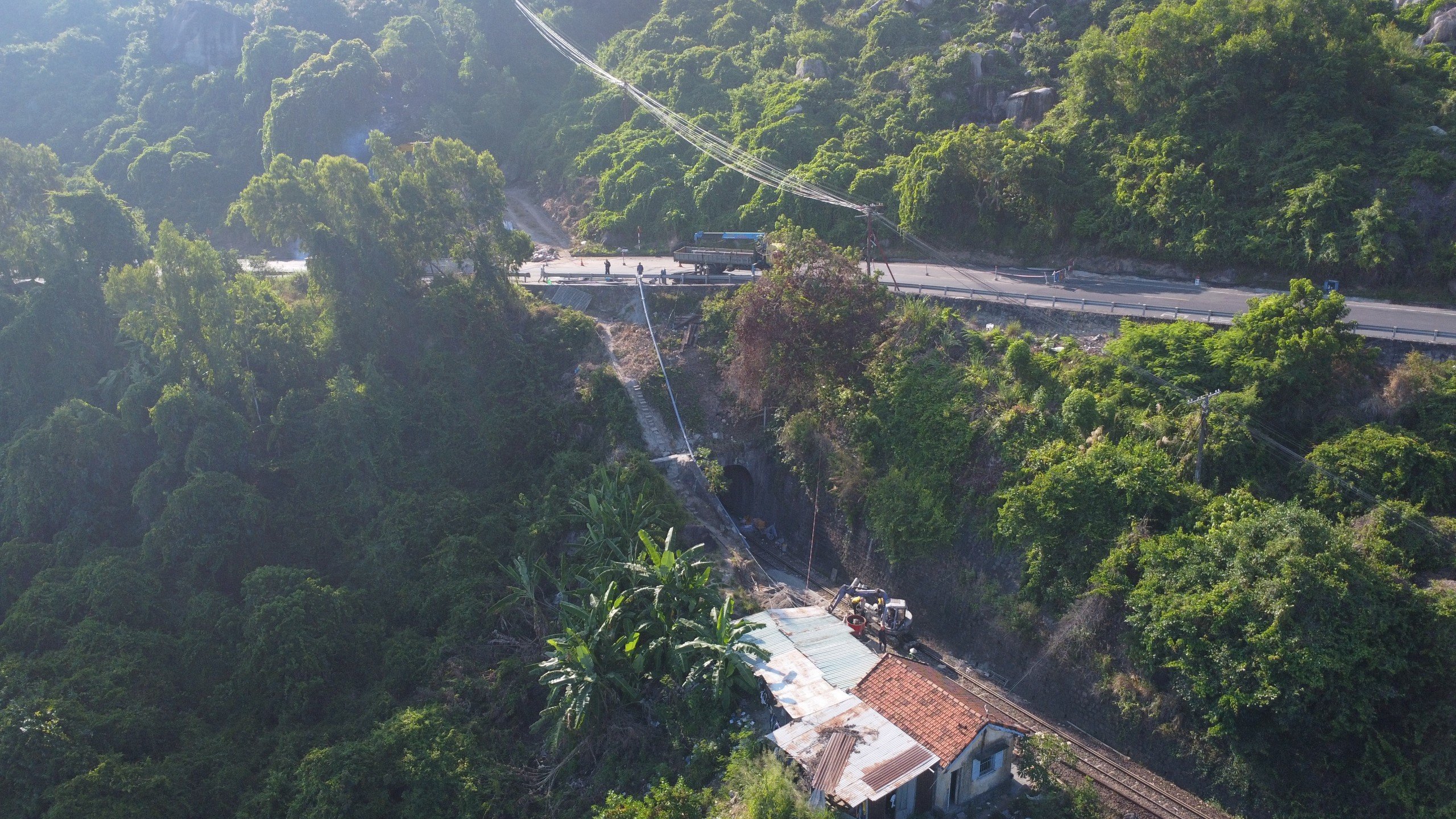
Bai Gio Tunnel through Ca Pass, above is National Highway 1
The solution was to drill multiple holes from the mountainside to pour concrete into the roof of the tunnel. It is expected to drill 9 holes, then use a concrete pump to fill in.
According to Mr. Vinh, this option will ensure the solidity of the tunnel roof but will require a large amount of concrete and will take more effort and time, so the tunnel opening time cannot be determined yet, but at the earliest it could be the end of this week.
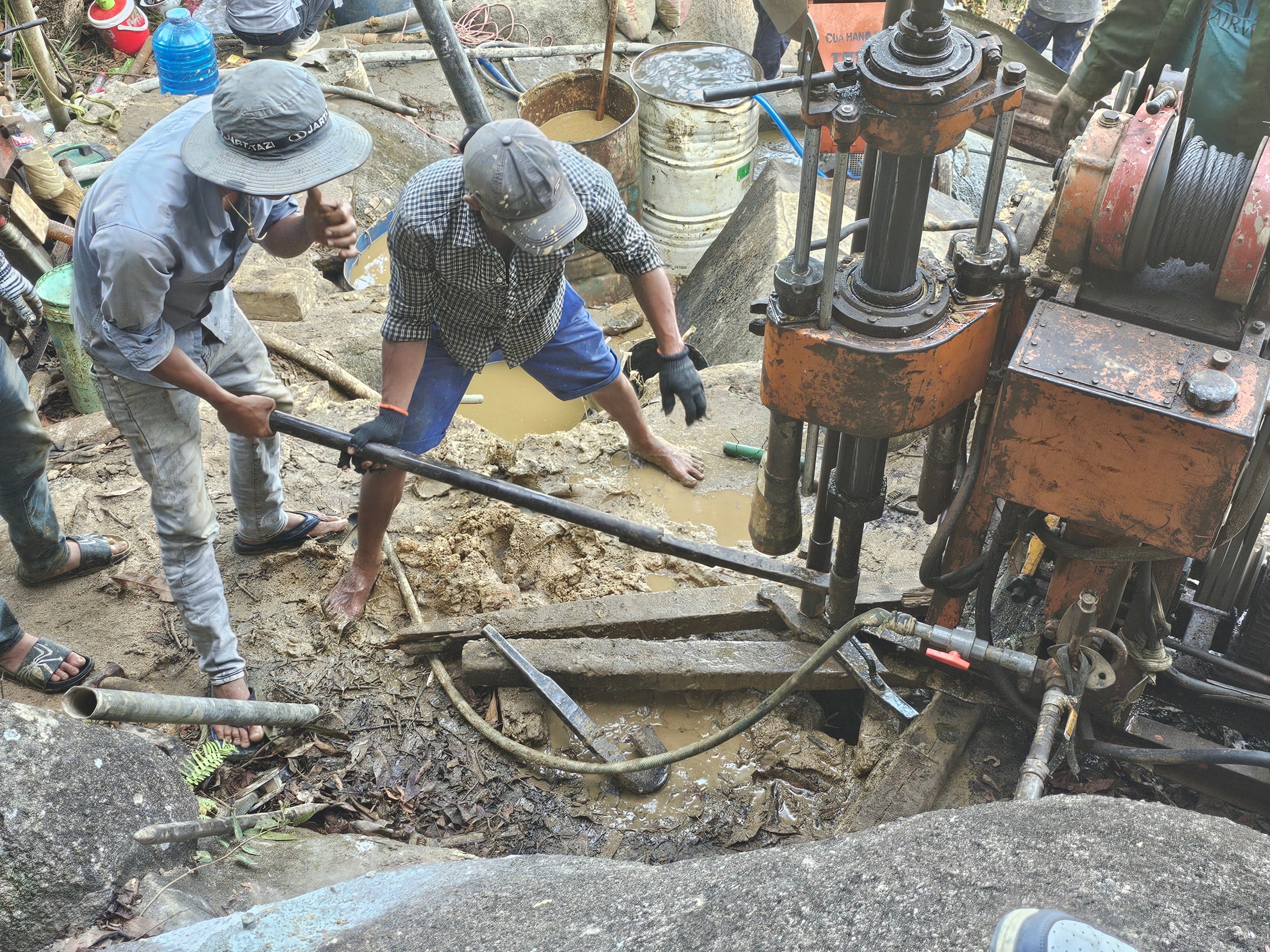
Workers are drilling from the top of the tunnel to pump concrete down.
Inside the tunnel, another construction team is continuing to reinforce the tunnel roof with a steel frame. Workers said that since the road on Ca Pass was closed to traffic, the amount of landslides has decreased significantly.
According to Mr. Vinh, the construction force currently has over 200 workers along with many machines and technical equipment, urgently racing against time to try to fix the problem and clear the tunnel as soon as possible.
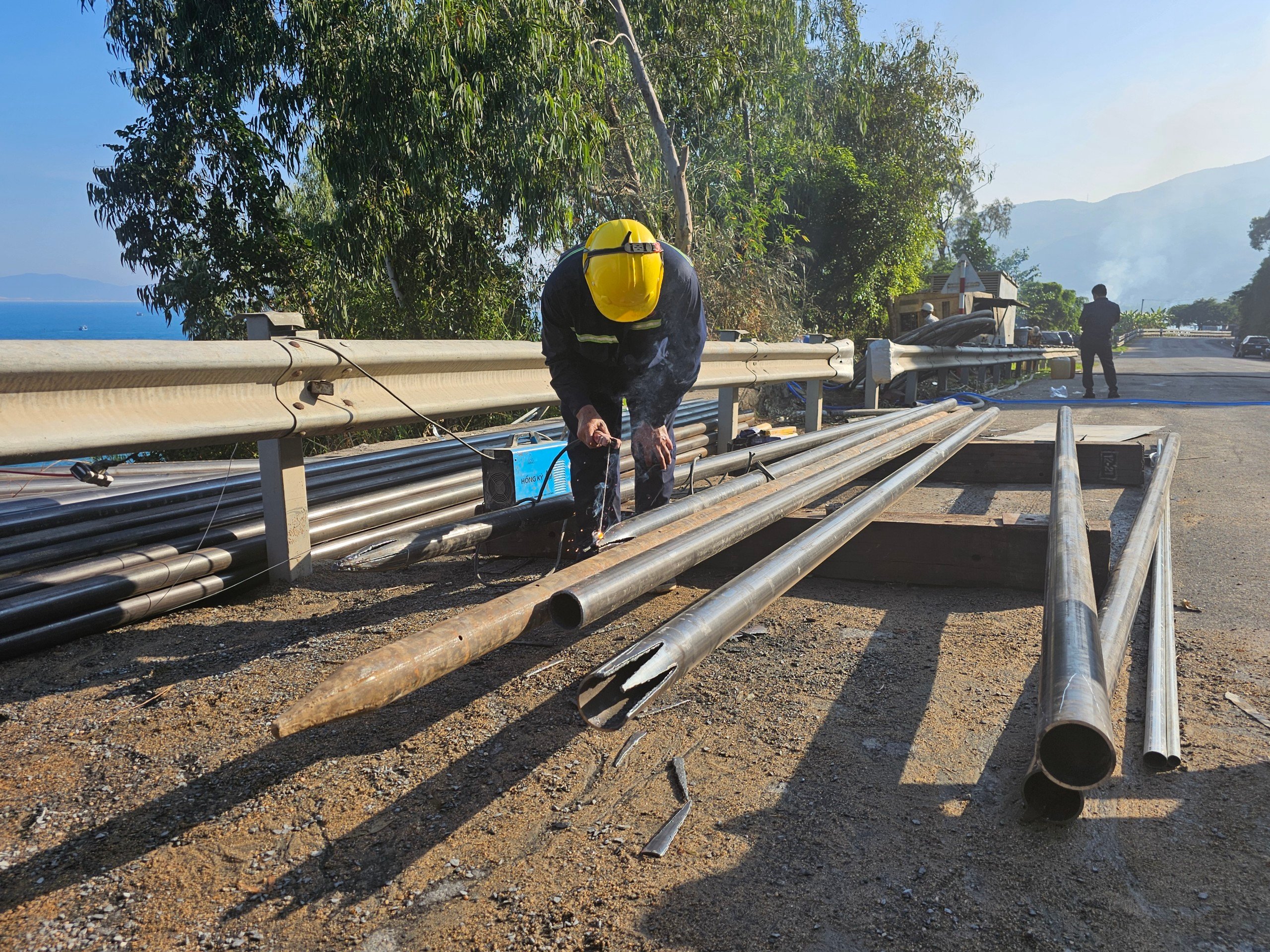
Drills are being prepared
Mr. Tran Viet Tung, Director of Nha Trang Railway Transport Branch, said that up to now, the unit has transported more than 10,000 passengers between Tuy Hoa station ( Phu Yen ) and Gia station (Khanh Hoa) and vice versa.
"The transfer increases the total travel time by about 1 hour. However, passengers also sympathize with the railway industry because this is an unexpected incident," said Mr. Tung.
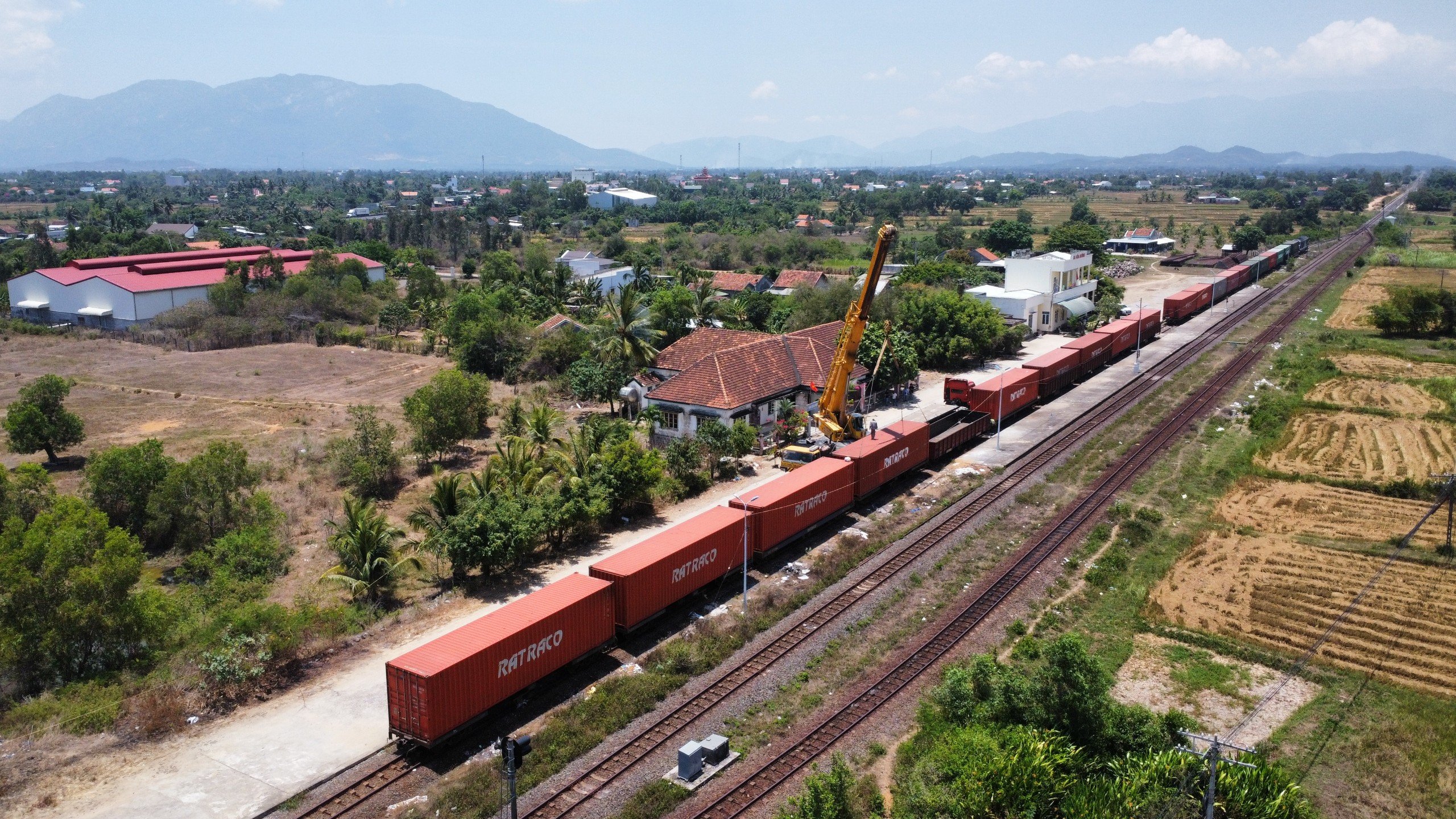
The transfer of goods from cargo trains at Hoa Huynh station (Ninh Hoa town, Khanh Hoa ) is being urgently carried out.
According to Mr. Tung, cargo ships have stopped operating until Bai Gio tunnel is cleared. Frozen and perishable goods will be transported by cars or container trucks, and the transportation costs will be borne by the railway industry.
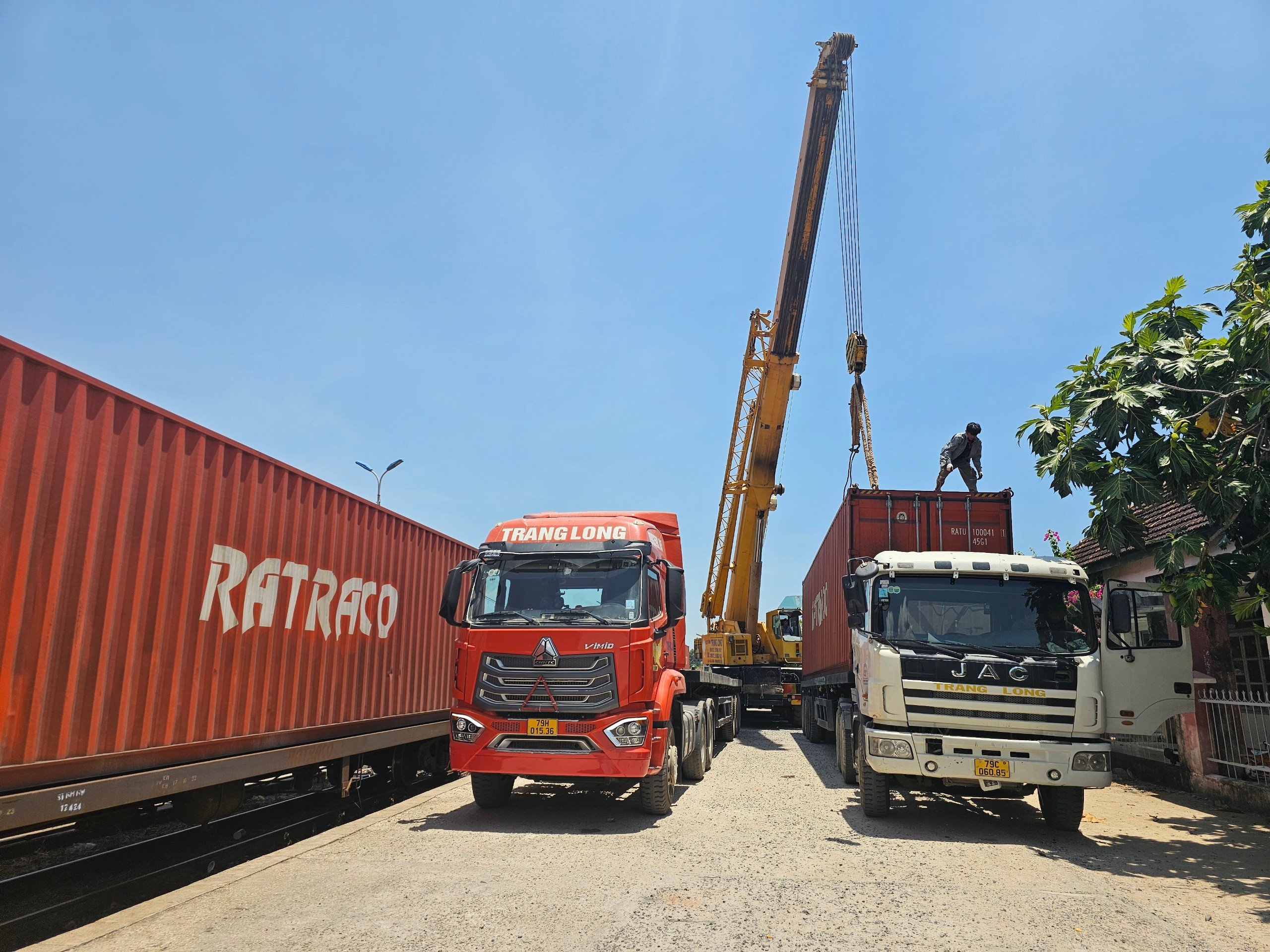
Containers are loaded onto trucks for transport.
Bai Gio Railway Tunnel was built by the French in 1930 and completed in 1936, passing through Ca Pass between Phu Yen and Khanh Hoa provinces. The tunnel is nearly 900 m long, 5 m high, 4 m wide, and above the tunnel is National Highway 1.
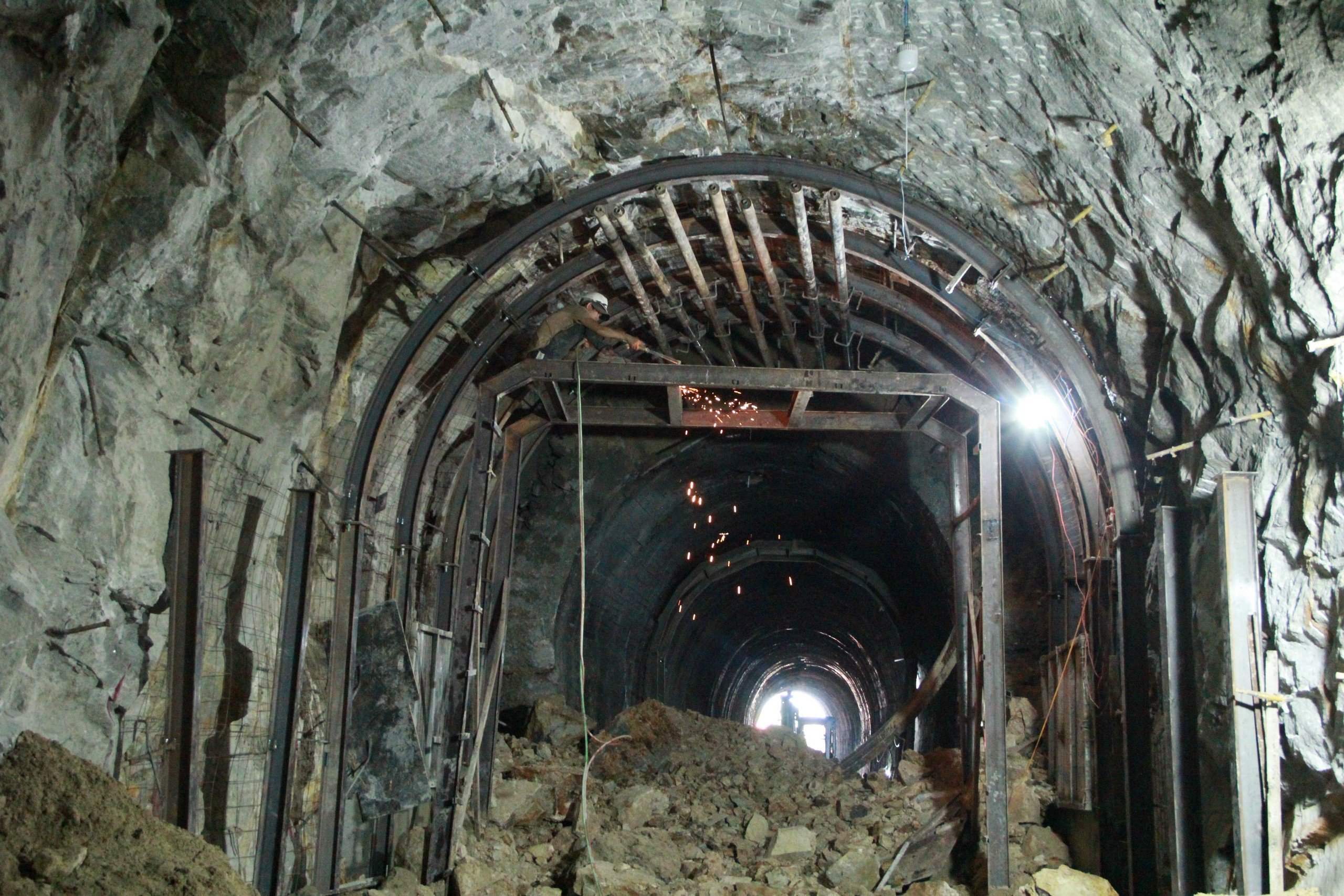
Landslide in tunnel paralyzes north-south railway
As Thanh Nien reported, at 12:45 on April 12, at the Bai Gio railway tunnel through Deo Ca, a serious landslide occurred, paralyzing the north-south railway line. Trains going from the south had to stop at Gia station (Van Ninh district, Khanh Hoa). Trains going from the north had to stop at Tuy Hoa station (Phu Yen).
Source link



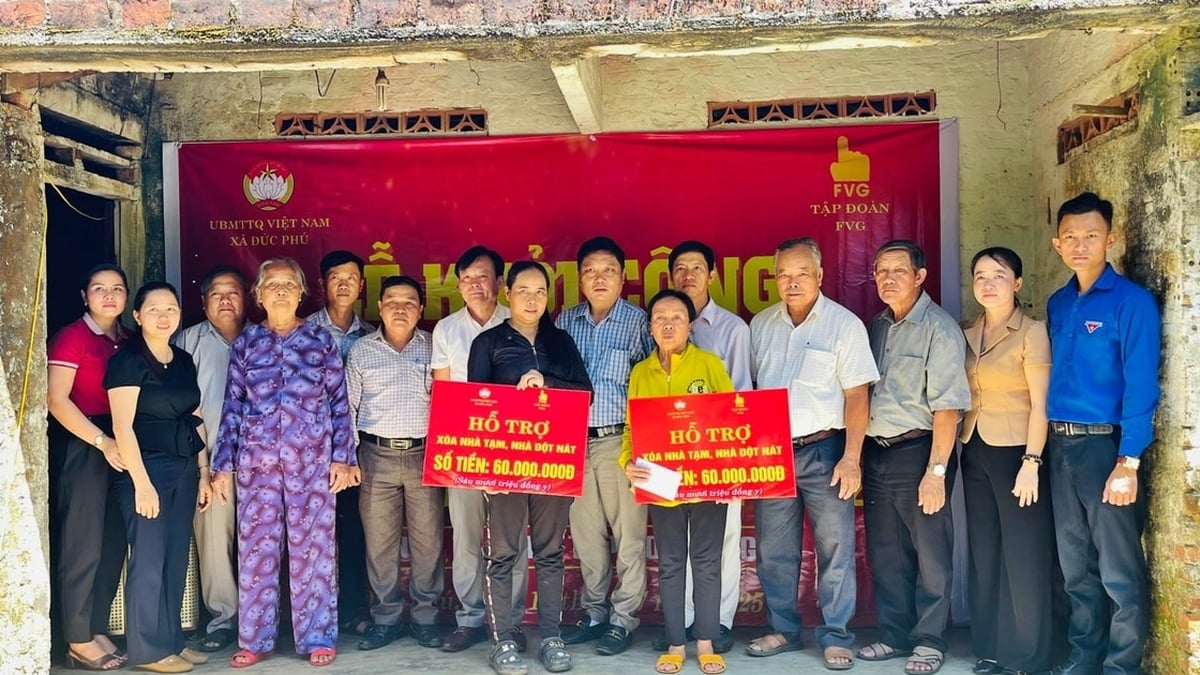

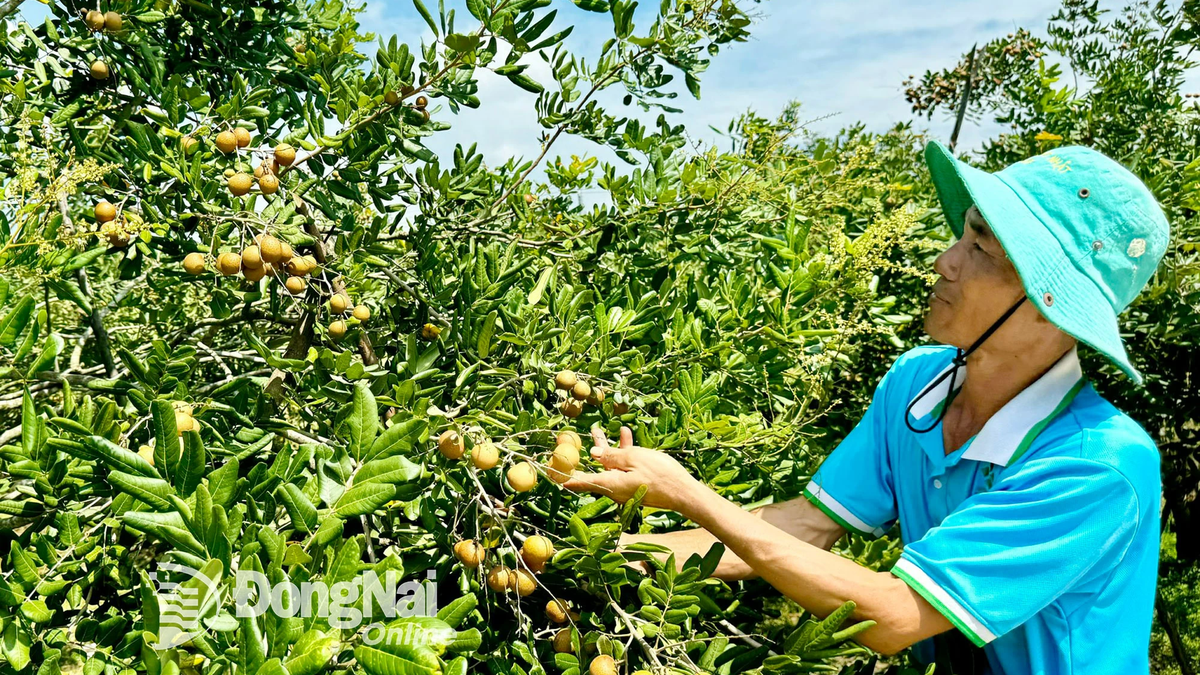

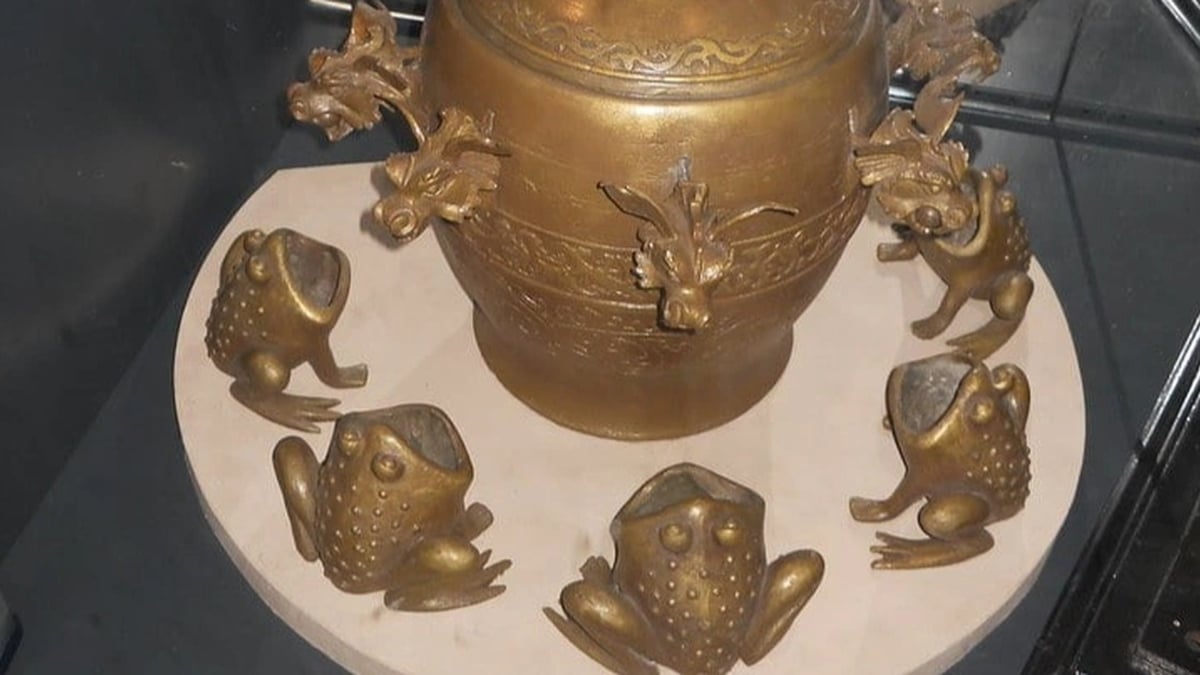
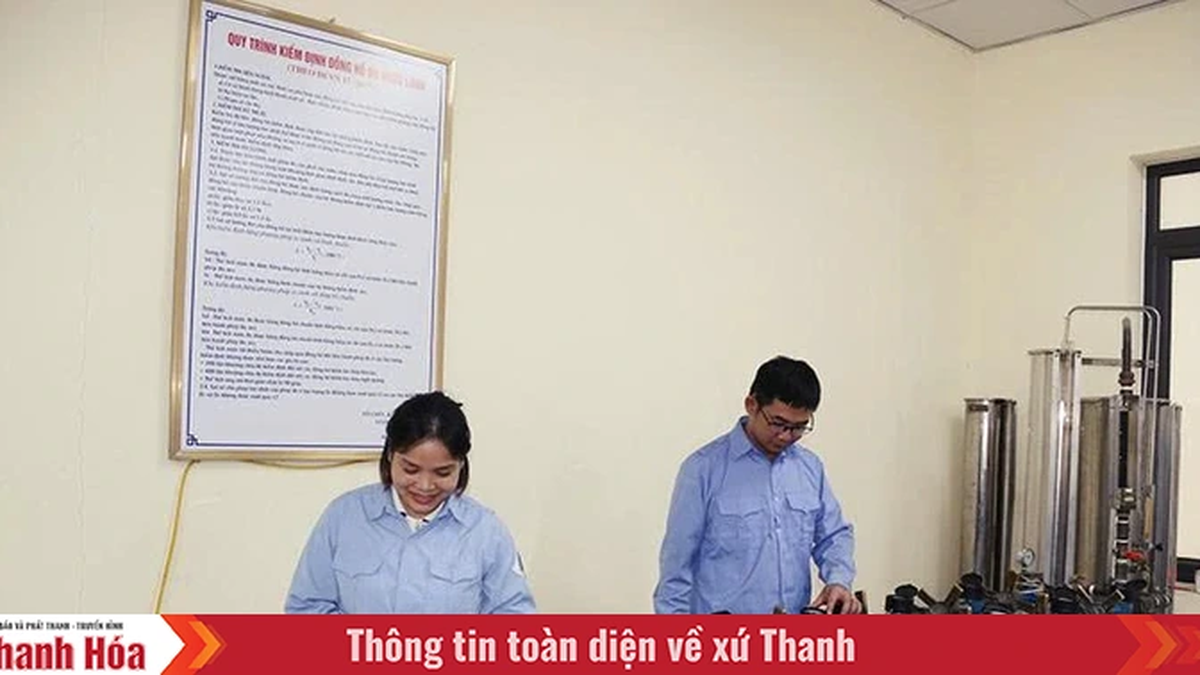
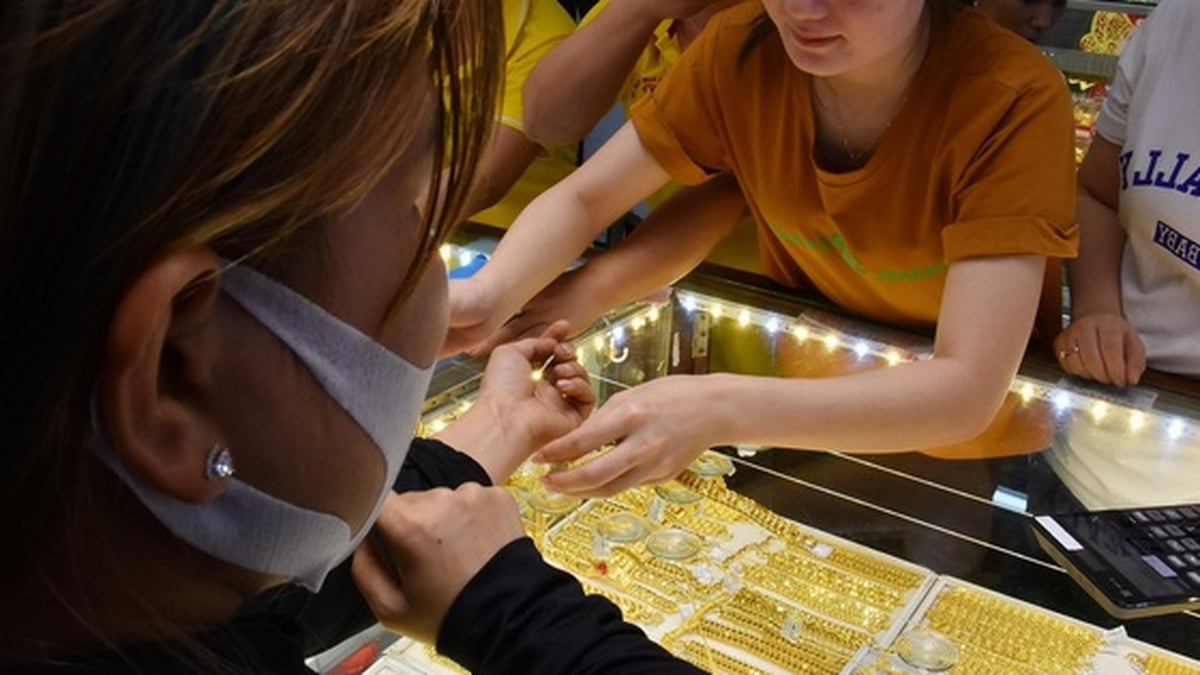
















![[Photo] National Assembly Chairman attends the seminar "Building and operating an international financial center and recommendations for Vietnam"](https://vphoto.vietnam.vn/thumb/1200x675/vietnam/resource/IMAGE/2025/7/28/76393436936e457db31ec84433289f72)









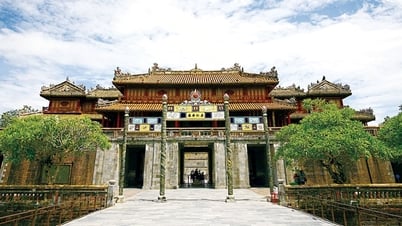





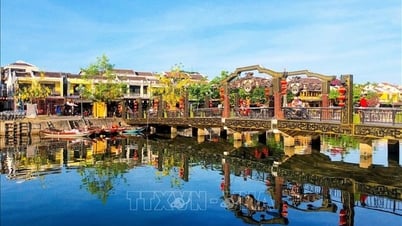


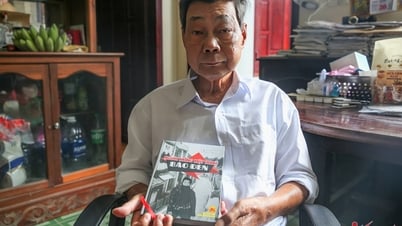






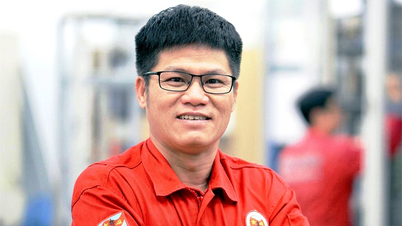






















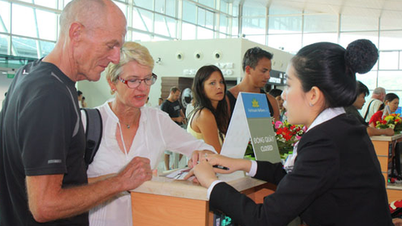






















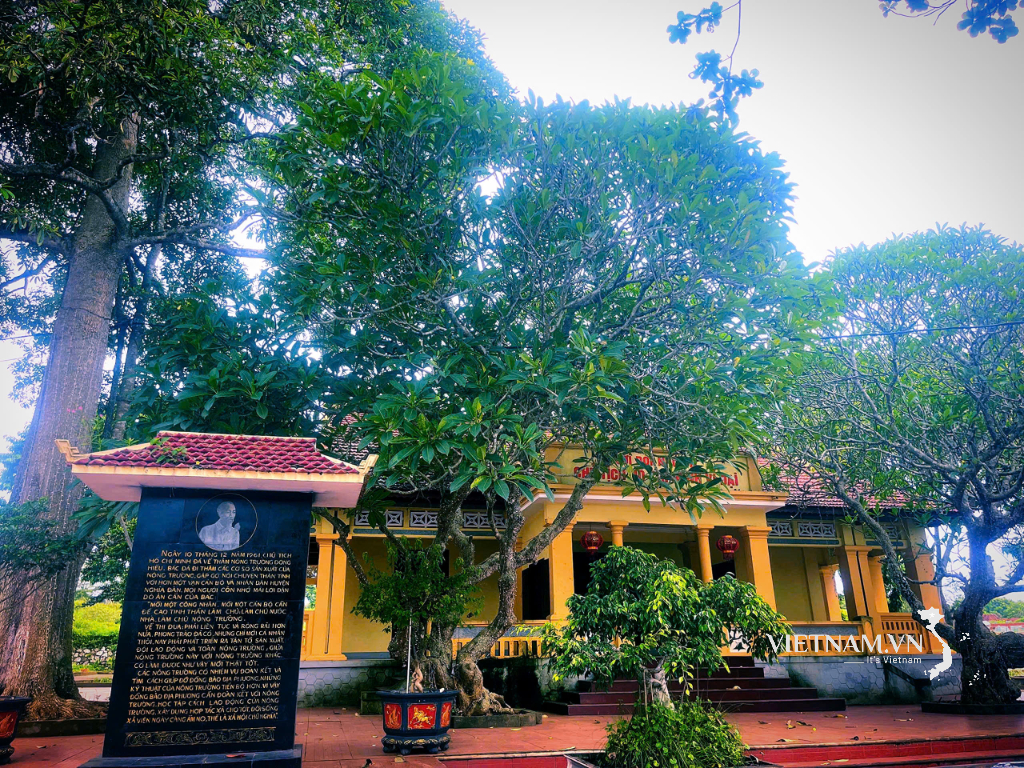


Comment (0)